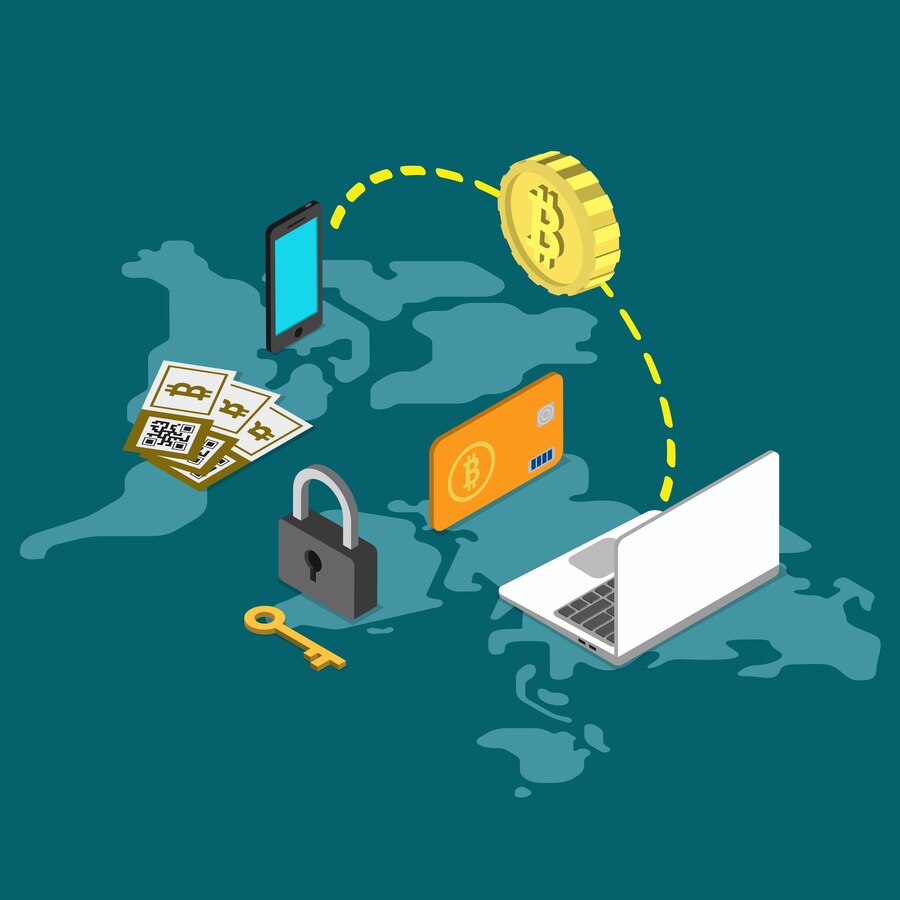Advance payment fraud is one of the most popular scams in the online trading sector. It involves deceiving trusting buyers who transfer a deposit for goods or services they never receive. Scammers use various tricks to make victims pay in advance, after which they disappear with the money. Let's look at the main types of such schemes and ways to protect against them.
Advance Payment Fraud
Advance payment fraud is often encountered on the internet when buyers pay for a product or service in advance but receive nothing in return. An example is a fake online store offering goods at enticing prices. Scammers create websites that look like real stores, with detailed product descriptions and delivery terms. After receiving the advance payment, they disappear.
Scammers can create an illusion of legitimacy using fake reviews, counterfeit receipts, and dubious payment forms. Often, buyers do not notice signs of fraud until it's too late.
Scammers also use social networks and messengers for deception. In these cases, buyers do not suspect they are communicating with criminals, as scammers create fake accounts that look completely real. After the money is transferred, the seller disappears, and the goods never arrive.
Online Advance Payment Scams: Schemes and Examples
One of the most common schemes is fraud with fake online deals. Sellers claim that goods are in stock and offer discounts, but prepayment is required to complete the purchase. Scammers may even send fake receipts that look real, misleading the buyer.
Scammers may pose as private individuals offering goods through social networks or messengers. In these cases, they use fake photos to create the illusion of a real product. After receiving the money, they disappear.
Another common scheme is the “travel scam” — when scammers offer incredibly cheap tours. To book, a prepayment is required. After this, the seller disappears, leaving the tourist without money and a trip.
There are also fake courses, training, and webinars that require prepayment to participate. After the money is transferred, the organizers simply disappear, and no training, as promised by the advertisement, takes place.

How to Get Your Money Back After an Advance Payment
Once a person becomes a victim of advance payment fraud, getting the money back can be extremely difficult. However, there are several steps that can help increase the chance of recovering funds:
- Contact the bank. If the payment was made via card, contact the bank and inquire about disputing the payment as fraud.
- Report to the police. File a fraud report. If there is evidence, such as correspondence with the scammer, it can help in the investigation.
- Contact the platform's support service. If the purchase was through a well-known store or marketplace, report the incident. In some cases, such companies can help return the money.
Even though in some cases money cannot be recovered, it is important to document the fraud and warn others.

How to Protect Yourself from Fraud When Shopping Online
To avoid advance payment fraud, it is important to follow a few rules:
- Check the seller's reputation. Study reviews about the seller, their history, and products. Ensure there is contact information.
- Use secure payment methods. Do not send money through unsecured channels. It is better to use verified systems.
- Pay attention to the price. If the price of the product is significantly lower than the market price, it may be a sign of fraud.
- Avoid suspicious sites. Purchases should only be made on verified platforms with SSL certificates.
- Do not trust enticing offers. If the deal conditions are too good to be true, it is most likely fraud.
Advance payment fraud can become a serious problem, but by following safety recommendations, the risk of becoming a scam victim can be significantly reduced.

Signs of Advance Payment Fraud:
- Request for advance payment through unsecured channels.
- Lack of detailed information about the product.
- Use of fake receipts.
- Price of the product is too low.
- No reviews about the seller.

By studying these signs and applying precautionary measures, you can minimize the risk of falling into a scammer's trap. It is important to remember that each fraud case is unique, and even if the situation seems hopeless, you need to act immediately — report to the police, banks, and platforms. Maintaining vigilance and attentiveness online helps avoid unpleasant situations and losses.


